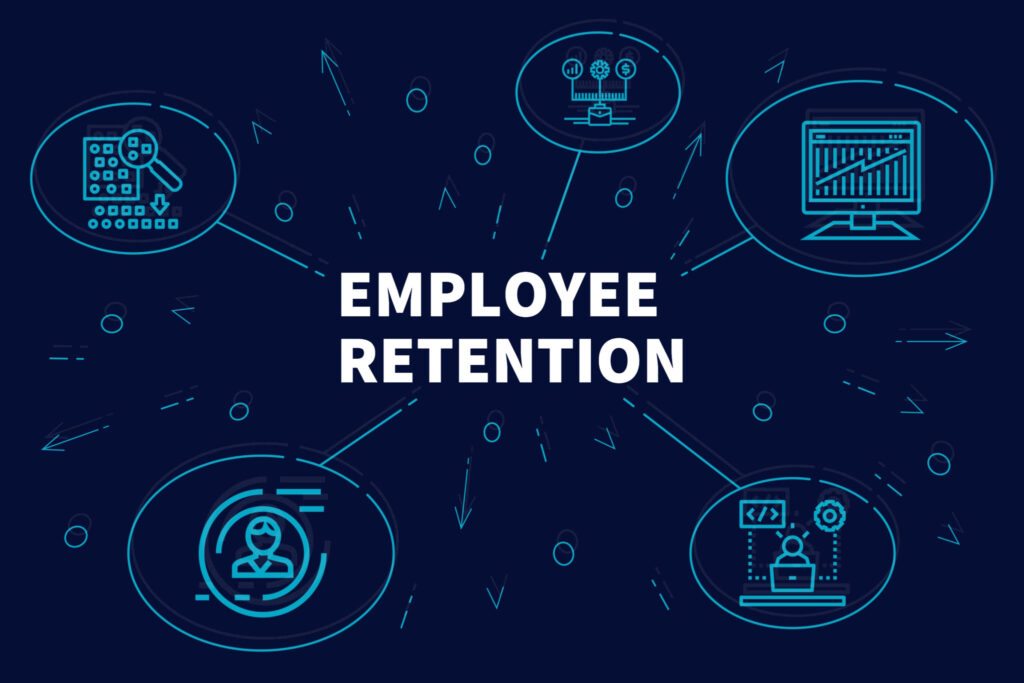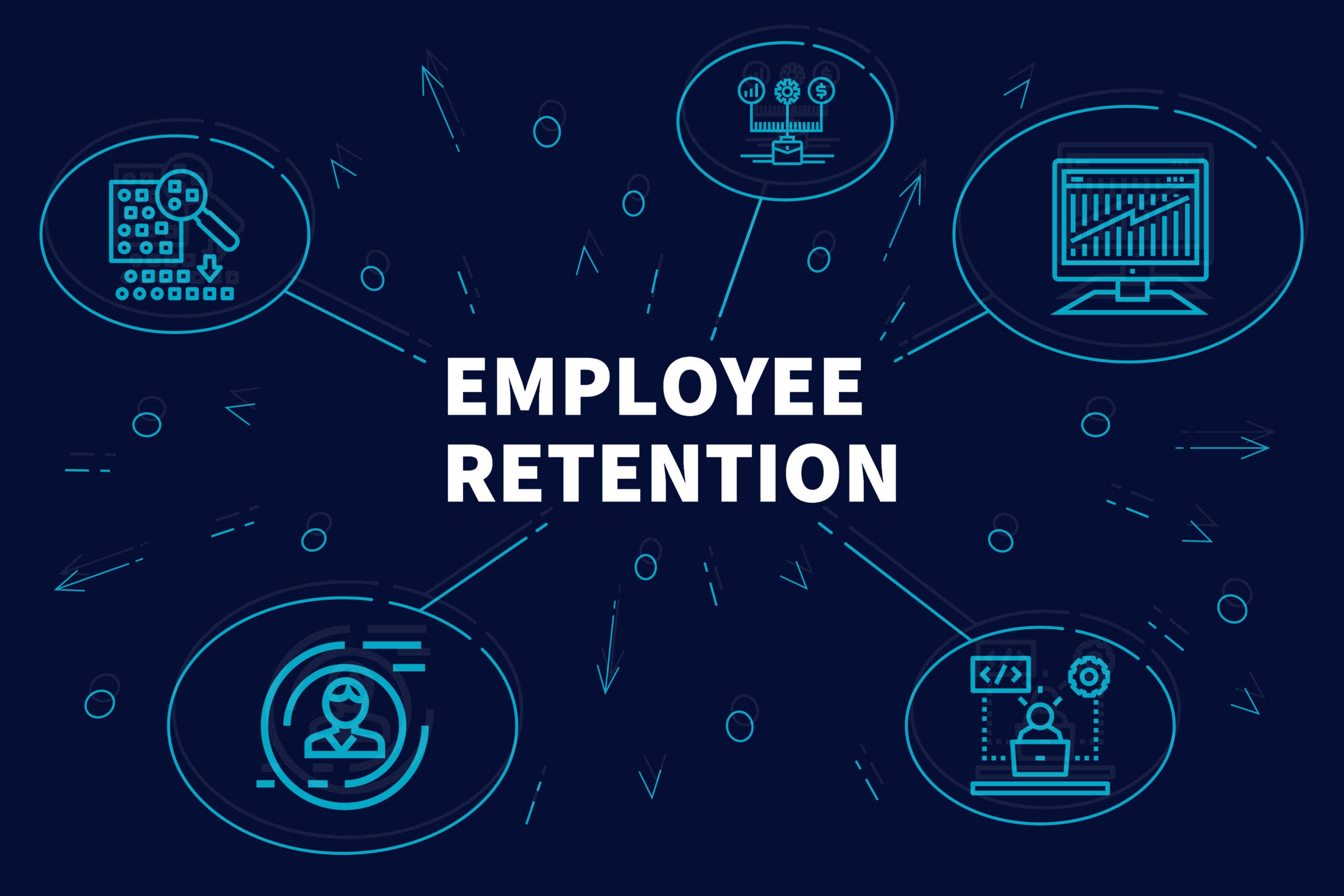

Our partners at Michigan Works! Southeast recently held an event for elected officials to help them dig into the realities, challenges, and opportunities around finding and retaining talent in 2020. The session included a report-out on employee turnover that the Workforce Intelligence Network had completed, a panel of employers on how they retain their talent in a tight labor market, and then breakout groups discussed various influences (childcare, transportation, higher pay) as a way to better understand what is happening in our backyard on this issue.
The panel had quite a few “tips and tricks” for employers looking at ways to decrease turnover.
Retaining Talent
Bring the right people into your organization from the start.
Hire for the attitude and values your business has developed, or use a guide of who has been successful at your organization to determine traits are best for any given role. It sounds self-evident, but in the long-run, who you bring in to your organization affects who stays. Some ways to do this:
- Many organizations use things like DiSC, Myers-Briggs, Strengthsfinders, and the like, but other assessments are more focused on identifying how a person will be in a specific role. Predictive Index, for example, allows companies to create a position profile and will then assess individual candidates based on that profile.
- Other companies in Ann Arbor have used assessments like Teamalytics and the Kolbe Index to determine how individuals will behave in a team setting.
Pay well.
In tight labor markets, one of the key ways to attract and retain talent is by developing a competitive and valuable wage structure. Wage data is usually presented based on the 25th, 50th, and 75th percentiles and can help guide where your company’s wage structure fits into the overall market. Benchmarking the benefits that other employers provide is also important. Some ways to do this:
- Compare your pay rates to average data from the Bureau of Labor Statistics (BLS), which is sorted by type of jobs, states or Metropolitan Statistical Areas, or MSA (Washtenaw County is its own MSA and Livingston County is part of the Detroit MSA).
- There are tools like PayScale that can provide more up-to-date wage data and get more granular, such as experience level and types of skills.
- Temporary staffing agencies often keep and publish data on local wage rates of nearby facilities and businesses and can help determine wage rates to help with retention.
- Ann Arbor SPARK has a tech wage and benefits survey that provides a look specifically at the tech industry.
Have a growth mindset with your employees.
Employees at all levels appreciate organizations that have identified several development paths for them within an organization (or even outside of it, at some point). They want to know that starting where they are can lead to other positions and responsibilities after they gather the right background, experience, and skillsets. Some ways to do this:
- Map out how long people tend to remain in various positions and map where they went after leaving the role (internal and externally). In some cases, this means creating an exit interview to gather this information going forward. Simply knowing the average tenure and what the next step is for those roles can help define paths.
- Ask if employees have a development plan in mind already. Many times employees are willing to share their career path goals, and companies and employees can work together to gain new skills, training, and experiences that can help the employee — and the organization — achieve their goals.
Work with companies in your area to address employee retention issues.
Some regions have created Business Resource Networks where companies not only share information but work together to create opportunities retention. Some examples:
- Companies in Livingston County worked with the Flint-based MTA to create a bus service that brings talent from Genesee County into various companies in Brighton and Howell.
- Some companies have worked to create childcare that can run 24 hours a day. One of the major issues companies have in talent retention is around childcare, which does not always overlap with work hours. Companies can work together to create agreements with childcare providers that would allow 24-hour service.
- Companies working together provide a powerful voice in advocating for policy changes — legislators appreciate understanding the perspective of employers and how public policy affects the businesses and those that work for them.
Connect with MWSE and SPARK
- Ann Arbor @ Work, a talent acquisition eBook, developed with the Greater Ann Arbor Society of Human Resource Managers
- Ann Arbor SPARK Job Portal
- Ann Arbor SPARK Talent Newsletter
- Michigan Works! Southeast Business Services